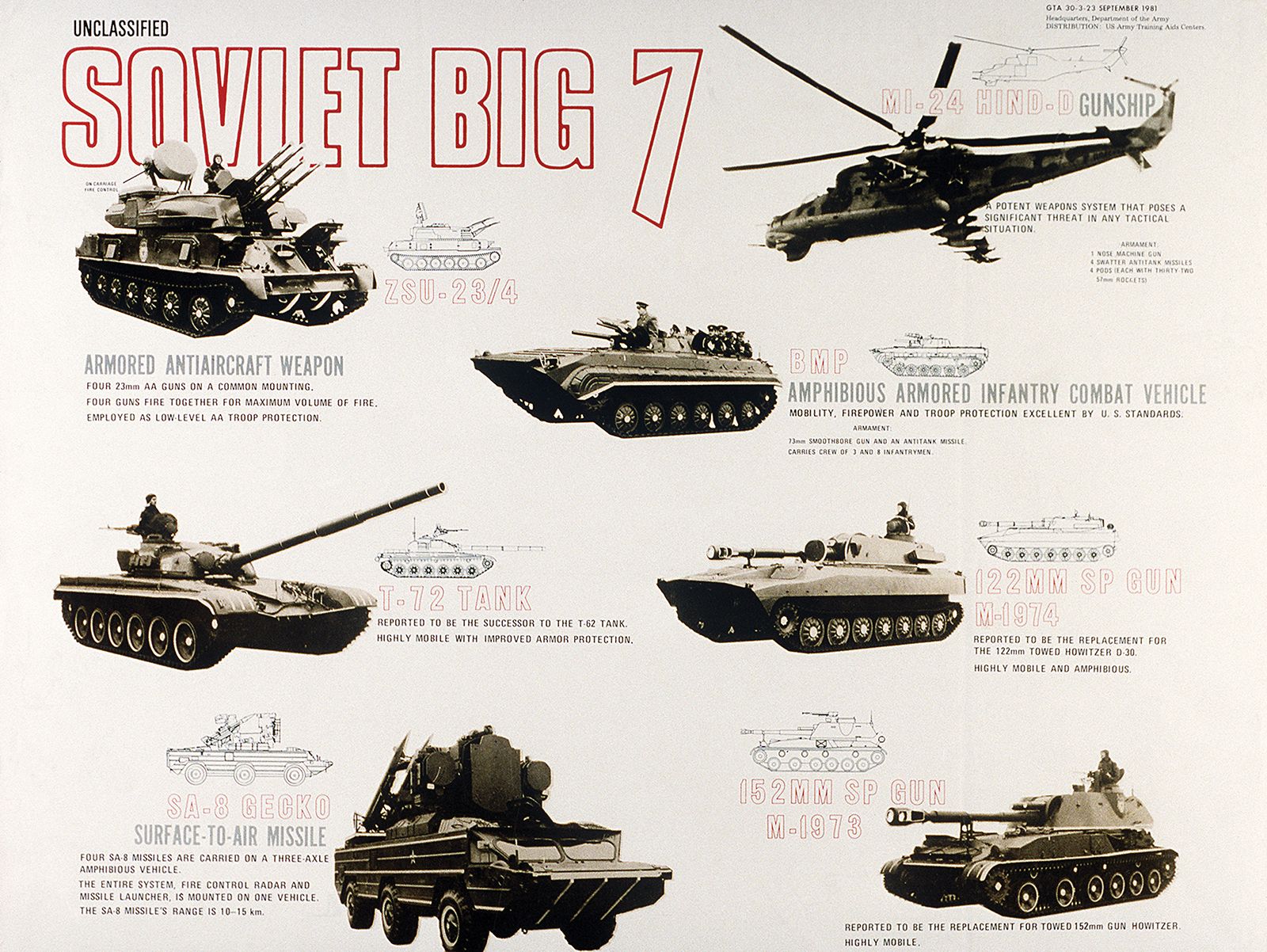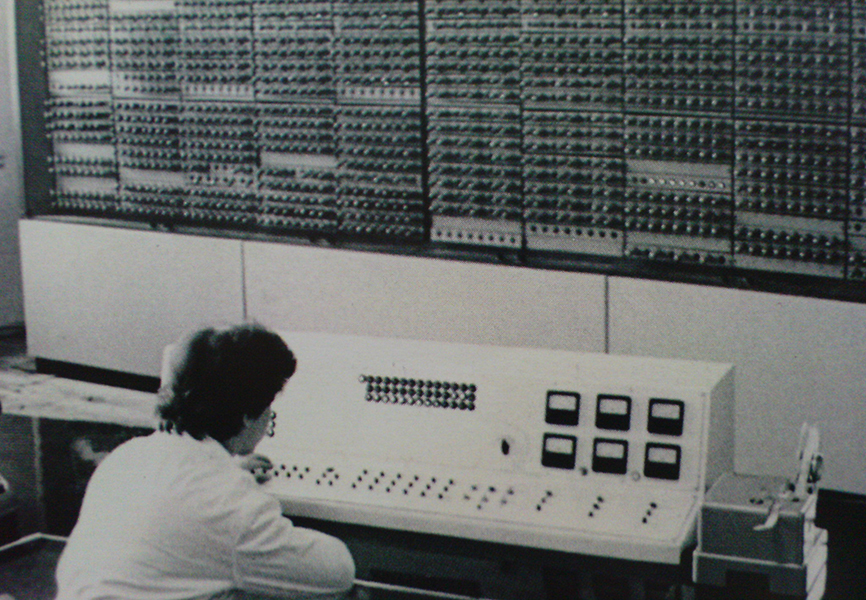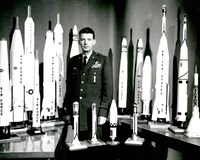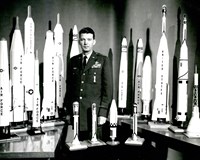In the shadow of the Cold War, a peculiar fear gripped American military strategists. What if a single Soviet missile could wipe out the entire US communication network? This chilling thought sparked one of humanity’s greatest technological achievements.
Image credit: National Park Service
The story begins on a fateful day in 1957. When the Soviet Union launched Sputnik, a mere beach ball-sized satellite that did nothing more than beep, it sent shockwaves through American society. The Space Race wasn’t just about reaching the stars – it was about survival. In response, the Department of Defense created ARPA, unknowingly setting the stage for a communication revolution.
Enter J.C.R. Licklider, a visionary scientist who dreamed of an ‘intergalactic network’ of computers in 1962. His seemingly fantastic idea would soon transform into reality. But the real breakthrough came from British scientist Donald Davies, who developed ‘packet switching’ – a method allowing information to travel in separate blocks across different routes. This innovation meant no single attack could cripple the entire network.

Image credit: Britannica
The first digital heartbeat occurred on October 29, 1969. Two room-sized computers, one at UCLA and another at Stanford, attempted their first communication. The message was supposed to be ‘LOGIN,’ but the system crashed after sending just ‘LO.’ This accidental ‘hello’ became the internet’s first word. By year’s end, only four computers were connected to this primitive network called ARPANET.
As the 1970s unfolded, Vinton Cerf introduced TCP/IP – the digital handshake that would allow different computer networks to speak the same language. This breakthrough transformed a military project into a global possibility. Yet, the internet we know today remained locked in an academic cocoon, primarily used by researchers and scientists.

Image credit: Eurasia Group
Everything changed in 1991 when Tim Berners-Lee unveiled the World Wide Web. His creation transformed the internet from a complex file-sharing system into an interconnected web of information accessible to anyone. The following year, the Mosaic browser revolutionized user experience by displaying text and images together, making the internet truly user-friendly.
Today, the internet has rewoven the fabric of human society. From Amazon’s virtual marketplace to Facebook’s global community, from instant video calls to remote work revolution, this Cold War defensive project has become the backbone of modern life. Every time we send an email, stream a video, or post on social media, we’re using a system born from the anxieties of nuclear war.
What started as a military safeguard has evolved into humanity’s greatest information-sharing tool. The internet now connects billions of devices worldwide, transforming how we learn, work, shop, and interact. As artificial intelligence and the Internet of Things emerge, we’re witnessing yet another evolution of this remarkable technology that began with a simple fear and a visionary dream.
References:
National Park Service – Cold War Technology and Science – link
Britannica – Military Technology – link
Eurasia Group – Technology and the End of the Cold War – link
Categories: Cold War, Digital Innovation, Do you know, Military History, Technology History
Tags: ARPANET, Cold War, Computer Networks, Digital Revolution, Internet History, Military History, technology, World Wide Web
Religion: Secular
Country of Origin: France, Norway, Soviet Union, Switzerland, United Kingdom, United States
Topic: Technology History
Ethnicity: Multi-ethnic



